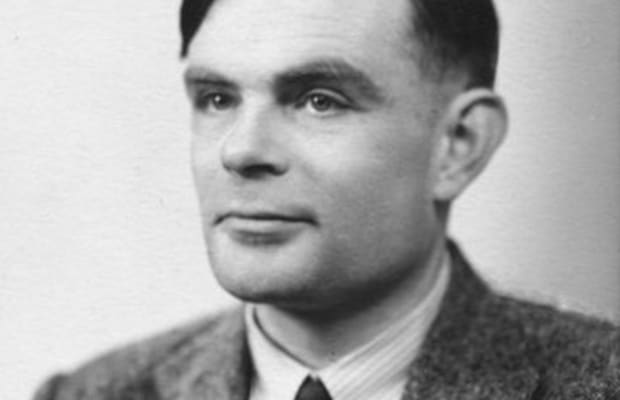Coming back to the basics - AI Theory
To understand some of the deeper AI concepts, you need to understand its basics
 Deep learning helps solve sophisticated problems (like object detection on an image) by mimicking the human brain.
Deep learning helps solve sophisticated problems (like object detection on an image) by mimicking the human brain.In the meantime of our deep learning Detect Waste in Pomerania project we also focused on the AI theory and we asked ourselves some of the basic philosophical questions like: what are the ways to distinguish artificial neural networks (ANN) from the natural ones?
Deep learning is a type of machine learning method based on artificial neural networks. It helps solve sophisticated problems (like object detection on an image) by mimicking the human brain. But, have you ever thought if it is possible to distinguish AI from a human? Let’s take a look at a deep learning model that uses speech-to-text (automatic speech recognition), natural language processing and text-to-speech methods to converse with a human.
Can you recognize with whom you are talking?
Hello, is it AI speaking?
How can we recognize that our interlocutor on another end of the phone or chat is human? Can we differentiate the dialogue we have with the machine from the dialogue we have with a human?
The development of Artificial Intelligence more and more will pose difficulties with deciding whether or not we are conversing with a person or a meticulously constructed algorithm. One of the ways to verify the abilities of AI is the Turing test. What is it, how the dialogue with a machine looks like during such a trial and what are the most frequently asked questions to AI? And are there really machines that have passed such tests?
Turing test, in artificial intelligence, a test proposed (1950) by the English mathematician Alan M. Turing to determine whether a computer can think.

This British mathematician developed some of the basic concepts of computer science while searching for a more efficient method of breaking coded Enigma messages during World War II. After the war, he began thinking about artificial intelligence.
Turing introduced the test in his 1950 paper called Computing Machinery and Intelligence. In a landmark paper Turing proposed a twist on what is called The Imitation Game. This “Turing Test” assesses the ability of a computer to mimic a human.
Let’s test it!
Here is how the test looks like- a judge-human leads the conversations in a language neutral for both sides. If the judge cannot assess whether or not one of the sides is a human or a machine then we can say that the machine has passed the test. It is assumed that both the human and the machine involved in the test behave in a matter most characteristic to humans.
The test originates in the games involving guessing the sex of the interlocutor located in another room by asking a series of questions and answers written on a piece of paper. At the beginning, Turing had the participants pretend to be of opposite sex and set the time limit of 5 minutes. Today these rules are not considered necessary and usually they are not applied in the Turing test specification.
Turing anticipated that at some point the machines would be able to pass the test. He estimated that in 2000 the machines with the capacity of 109 bits (around 119 mb) would be able to deceive 30% of judges during the 5-minute test. He also predicted that humans would stop to consider the phrase ‘a thinking machine’ as internally contradictory. He estimated that machine learning would be of great importance when it comes to building other machines.
The conditions for applying Turing test are as follows:
- At least two humans and a machine or a computer program,
- The machine or a computer program must be able to have a conversation wıth the operator,
- The participants must be isolated from one another,
- Each of the participants is allowed to have a dialogue exclusively with an appointed person, who from the moment of the beginning of the test is becoming a judge, and a judge must be human.
We hope you enjoyed the reading. If you are looking for more details on waste detection and classification solutions, feel free to reach us.